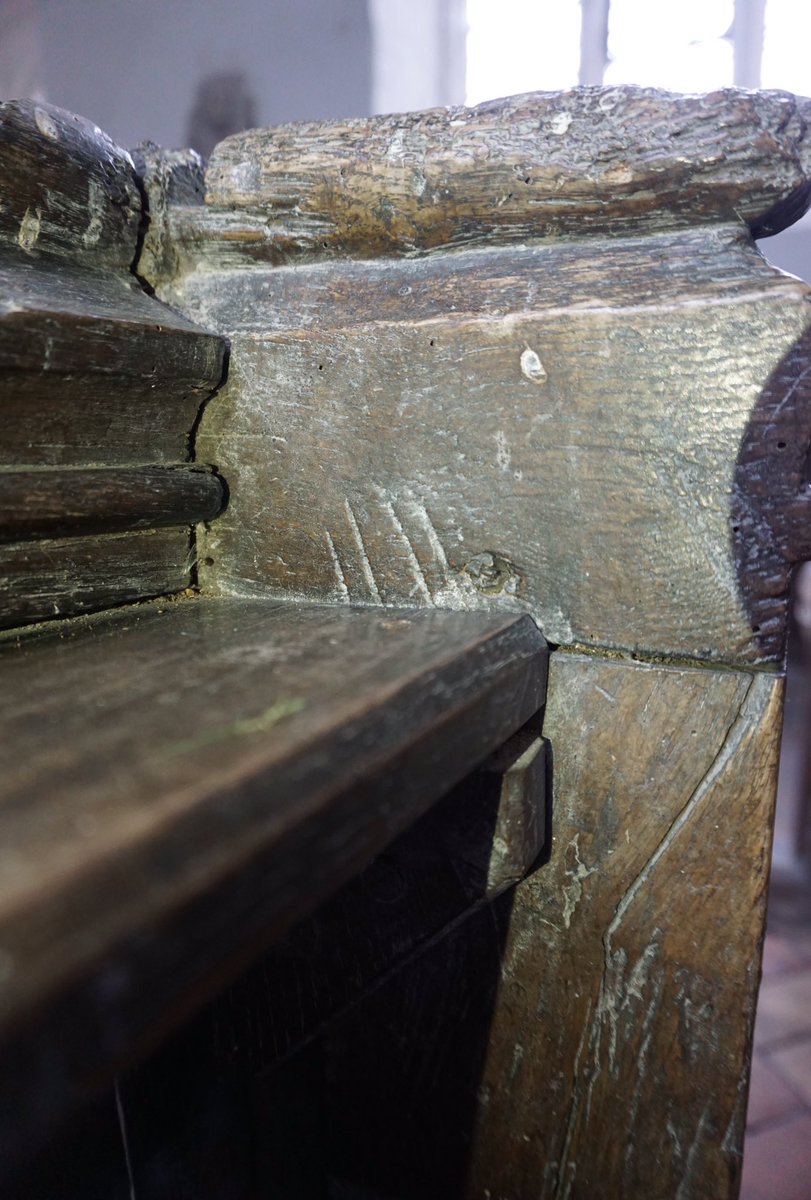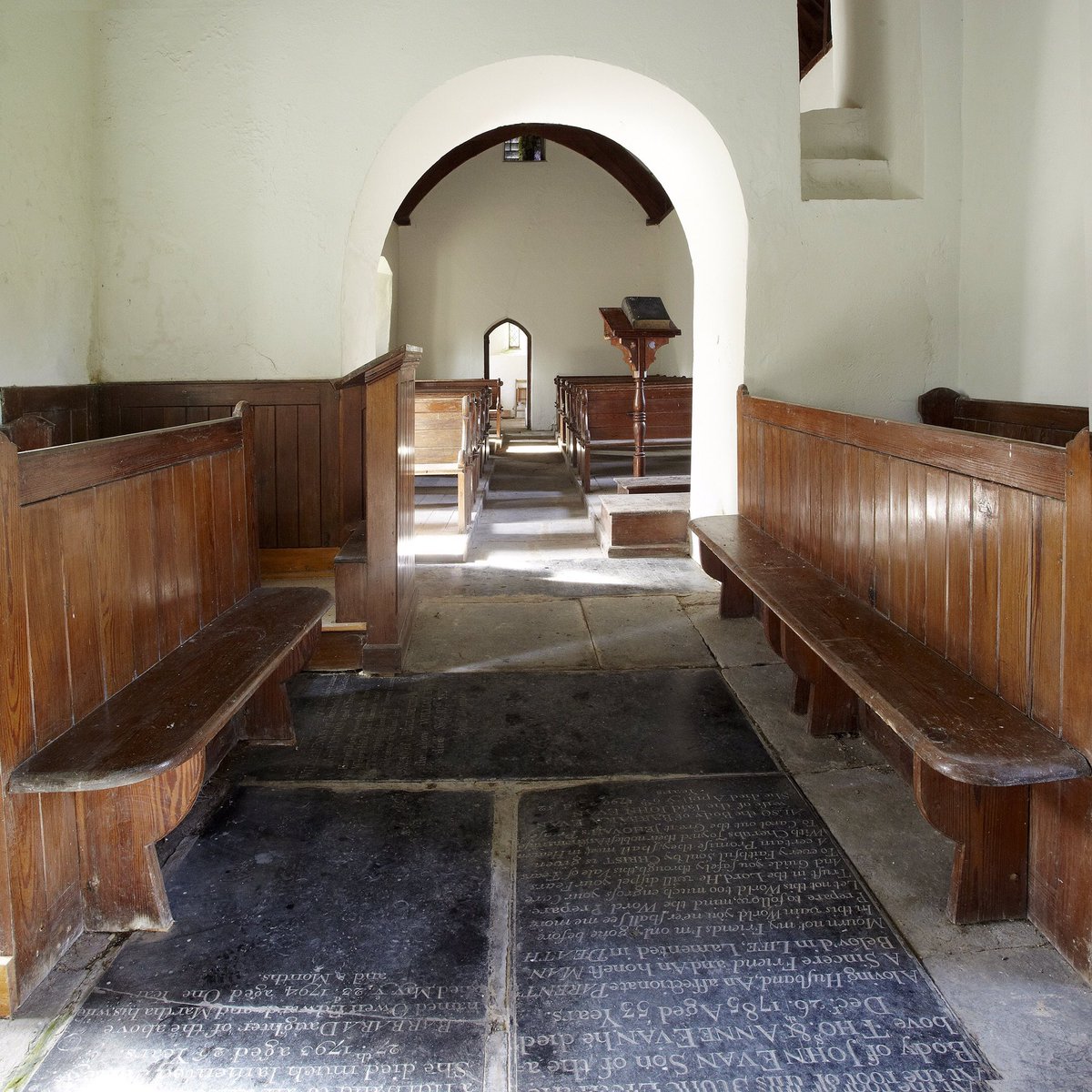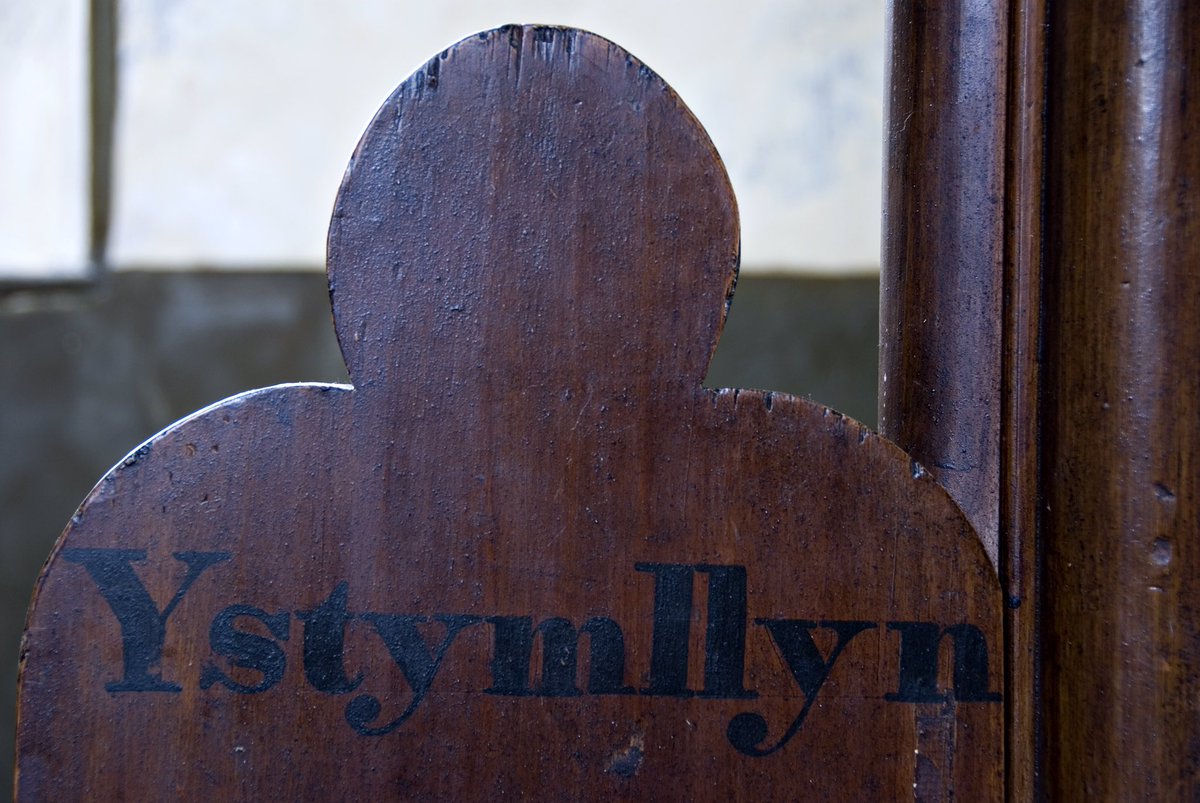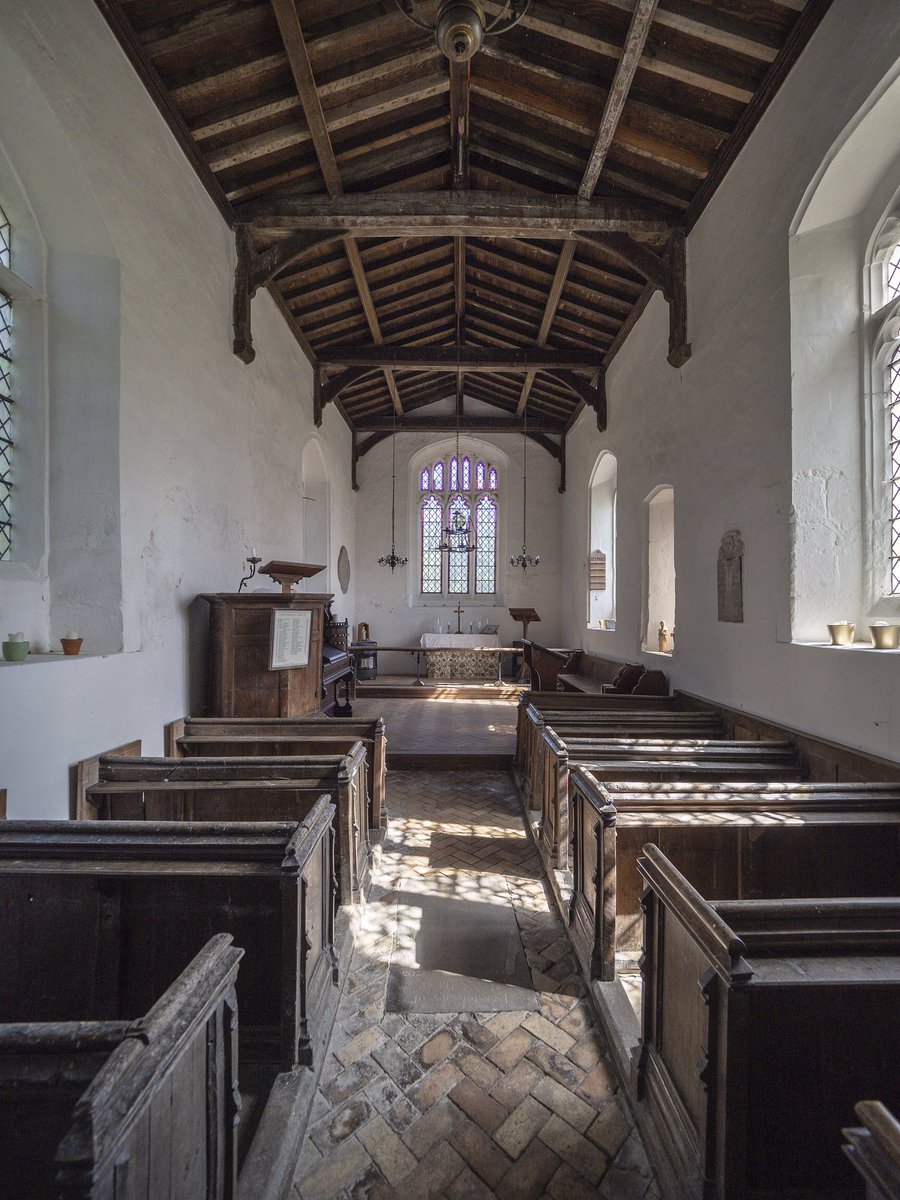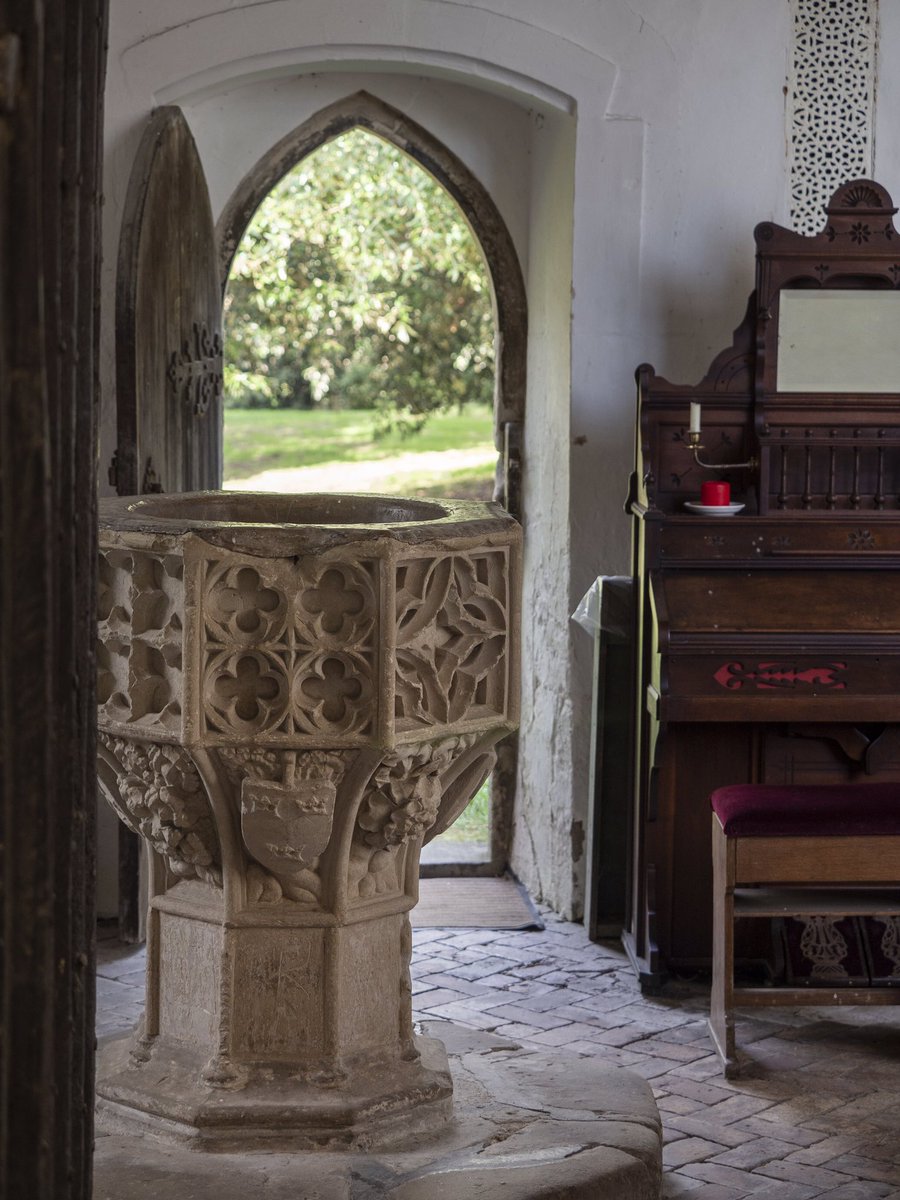
Nestling on the edge of the Thames is this little bargees’ church. To reach it, you must cross the vast Dorney Common, dodging cattle and catching glimpses of Windsor Castle.
The setting of Boveney church couldn’t be more bucolic...
#thread
The setting of Boveney church couldn’t be more bucolic...
#thread

This church was founded in the 12th century – and still has its massive tub font from that date. Originally, a wharf ran just outside the south door and was used for transporting goods. The church was built to serve the bargemen.
2/7
2/7

The quay is long gone, but we do know that barges were loaded here with timber from the Windsor Forest for shipment downriver. A 14th-century brass at the nearby church in Taplow holds another clue to the wharf. This brass remembers Nichole de Aumberdene...
3/7
3/7

Nichole was a fishmonger in London. Specifically, he sold eels. In order to get his eels to and from London, it’s believed he travelled by boat along the Thames... setting off from the nearest wharf, which was just outside Boveney church.
4/7
4/7

Boveney is small and uncomplicated. It’s built of chalk and flint with a timber tower that’s a bit of a wibbly, wobbly wonder: it has four massive oak legs and criss-cross of braces to hold it up. The panelled interior is a romantic vernacular of 18th and 19th-c fittings.
5/7

5/7


A few years ago, we uncovered a small section of wall-painting on the north wall. We believe it's St Christopher – rendered large, with a stripey collar, a red bushy beard and rosebud lips, looking out the south door on to the river…
6/7
6/7

And for all the Kevin Costner fans out there – Boveney church featured fleetingly in Robin Hood: Prince of Thieves in 1991.
Read more here: friendsoffriendlesschurches.org.uk/boveney/
7/7
Read more here: friendsoffriendlesschurches.org.uk/boveney/
7/7
• • •
Missing some Tweet in this thread? You can try to
force a refresh







